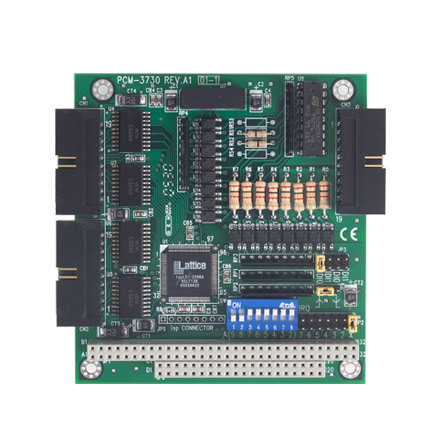

Understanding Heat Tempered Glass Properties and Applications
Heat tempered glass, often referred to as toughened glass, has become a prominent material in the construction and architectural industries due to its superior strength and safety features. The process of heat tempering glass involves heating it to a high temperature, typically between 600 and 700 degrees Celsius, and then rapidly cooling it. This thermal treatment significantly enhances the glass's mechanical strength, making it resistant to thermal stress and impacts.
One of the primary benefits of heat tempered glass is its strength. Compared to standard glass, heat tempered glass is five to six times stronger, which allows it to withstand greater forces and resist breaking under pressure. In the event of breakage, it shatters into small, blunt pieces rather than sharp shards, reducing the risk of injury. This safety feature is particularly valuable in public areas, such as shopping malls and restaurants, where the risk of accidents is higher.
Another advantage of heat tempered glass is its ability to endure temperature fluctuations without warping or cracking. This is essential for buildings situated in regions with extreme weather conditions. For instance, during hot summers, the outer layers of the glass can heat up significantly, while the interior remains cool. In contrast, standard glass might crack due to thermal stress. Consequently, heat tempered glass has become a go-to choice for facades, skylights, and windows in modern architecture, enhancing both aesthetic appeal and structural integrity.

In addition to its physical properties, heat tempered glass offers a variety of design possibilities. It can be manufactured in various thicknesses, sizes, and finishes, allowing architects and designers to create visually stunning installations. The glass can also be coated with reflective or tinted materials, enabling it to control light levels and improve energy efficiency within buildings.
The application of heat tempered glass extends beyond architecture. It is commonly used in the automotive industry for windshields and side windows due to its robustness and safety features. In furniture design, heat tempered glass tables offer both elegance and durability, making them suitable for both residential and commercial settings.
In summary, heat tempered glass stands out as a versatile and robust material that meets the demands of contemporary design and safety. Its exceptional strength, resistance to thermal fluctuations, and wide range of applications make it an ideal choice for various industries. As technology advances, the production and utilization of heat tempered glass are likely to continue evolving, further solidifying its importance in modern construction and design.